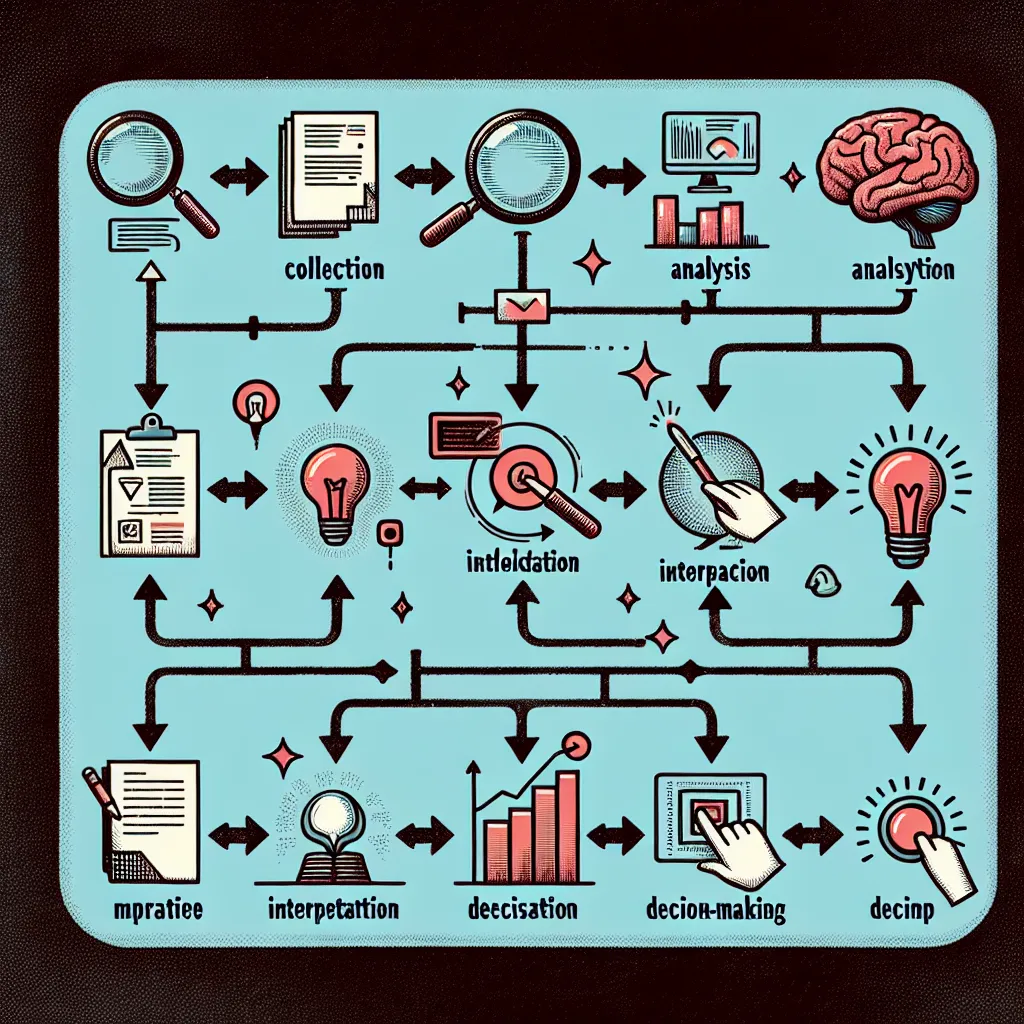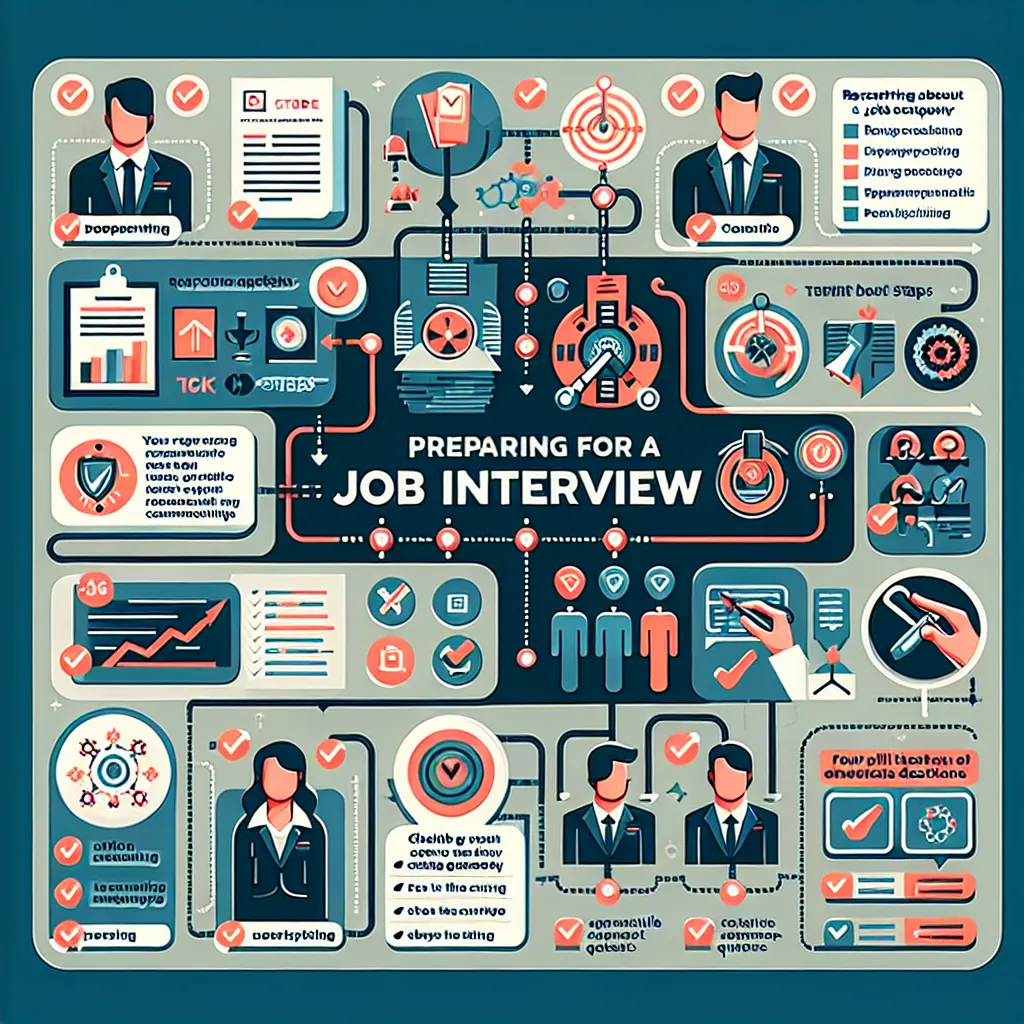Strategic thinking is a highly valued skill in the workplace, and employers often assess candidates’ abilities in this area during job interviews. Whether you’re applying for an entry-level position or a senior management role, being able to demonstrate your strategic thinking capabilities can significantly enhance your chances of success. In this comprehensive guide, we’ll explore effective ways to answer questions about strategic thinking, providing you with valuable insights and practical tips to impress your interviewer.
Understanding Strategic Thinking in the Context of Job Interviews
Strategic thinking involves the ability to analyze complex situations, identify key factors, and develop long-term plans to achieve specific goals. In a job interview, questions about strategic thinking are designed to evaluate your capacity to:
- Anticipate future trends and challenges
- Analyze information from multiple sources
- Consider long-term consequences of decisions
- Develop innovative solutions to complex problems
- Align actions with organizational goals
 Strategic Thinking Interview
Strategic Thinking Interview
How Interviewers Assess Strategic Thinking Skills
When asking questions about strategic thinking, interviewers are looking for candidates who can:
- Demonstrate analytical skills
- Show creativity in problem-solving
- Articulate clear and logical thought processes
- Provide examples of successful strategic initiatives
- Explain how they align their work with broader organizational objectives
Common Strategic Thinking Interview Questions and Sample Answers
Let’s explore some frequently asked questions about strategic thinking and how to answer them effectively.
1. Can you describe a time when you had to think strategically to solve a problem?
Sample Answer: “In my previous role as a marketing manager, we faced declining engagement rates on our social media platforms. I approached this strategically by first analyzing our current content strategy, audience demographics, and competitor performance. Based on this analysis, I developed a three-month plan that included:
- Creating more video content, as our data showed higher engagement rates for this format
- Implementing a user-generated content campaign to increase authentic interactions
- Adjusting our posting schedule based on peak user activity times
As a result, we saw a 40% increase in engagement rates and a 25% growth in our follower base within the three-month period. This experience taught me the importance of data-driven decision-making and long-term planning in achieving strategic goals.”
2. How do you ensure your daily work aligns with the company’s long-term objectives?
Sample Answer: “I believe aligning daily tasks with long-term objectives is crucial for organizational success. My approach involves:
- Regularly reviewing the company’s mission statement and strategic plan
- Breaking down long-term goals into smaller, actionable steps
- Prioritizing tasks based on their impact on strategic objectives
- Regularly communicating with team members and leadership to ensure alignment
- Conducting periodic self-assessments to evaluate my contributions to the bigger picture
For example, in my current role, I maintain a strategic dashboard that links my team’s key performance indicators to the company’s annual targets. This visual aid helps us stay focused on activities that directly contribute to our long-term success.”
3. How do you approach gathering and analyzing information to make strategic decisions?
Sample Answer: “My approach to gathering and analyzing information for strategic decision-making involves a systematic process:
- Identify the key questions or issues that need to be addressed
- Determine relevant data sources, including internal reports, market research, and industry trends
- Collect quantitative and qualitative data using appropriate methods
- Use analytical tools and techniques to process the information
- Interpret the results and identify patterns or insights
- Develop multiple scenarios or options based on the analysis
- Evaluate the potential outcomes and risks of each option
- Consult with stakeholders to gain diverse perspectives
- Make a recommendation based on the most promising strategy
For instance, when tasked with expanding our product line, I utilized this approach to analyze market demand, competitor offerings, and our internal capabilities. This comprehensive analysis led to the successful launch of a new product that exceeded our sales projections by 30%.”
 Strategic Analysis Process
Strategic Analysis Process
4. How do you balance short-term gains with long-term strategic goals?
Sample Answer: “Balancing short-term gains with long-term strategic goals is a critical aspect of strategic thinking. My approach involves:
- Clearly defining both short-term and long-term objectives
- Assessing the potential impact of short-term actions on long-term goals
- Developing a balanced scorecard that includes metrics for both immediate and future success
- Regularly reviewing and adjusting strategies to ensure alignment
- Communicating the importance of long-term thinking to team members
In a previous role, we faced pressure to cut costs quickly to improve quarterly results. Instead of implementing across-the-board cuts, I proposed a strategic cost optimization plan that reduced expenses while preserving key investments in R&D and employee development. This approach allowed us to meet short-term financial targets while safeguarding our long-term competitive advantage.”
5. Can you discuss a time when you had to adapt your strategy due to unexpected changes?
Sample Answer: “Adapting strategies to unexpected changes is a crucial skill in today’s dynamic business environment. A specific example comes from my experience leading a product launch during the COVID-19 pandemic.
Our original strategy involved a series of in-person events and demonstrations. When lockdowns were implemented, we quickly pivoted to a digital-first approach. This involved:
- Developing virtual product demonstrations and interactive webinars
- Creating a comprehensive digital marketing campaign
- Training our sales team in virtual selling techniques
- Implementing a new CRM system to track and nurture online leads
Despite the challenges, this adaptive strategy resulted in a successful launch, with our product achieving 110% of its first-year sales target. This experience reinforced the importance of flexibility, innovation, and quick decision-making in strategic thinking.”
Tips for Answering Strategic Thinking Questions When You’re Unsure
Even if you’re not entirely confident about your strategic thinking skills, there are ways to approach these questions effectively:
-
Focus on your problem-solving process: Explain how you approach complex issues, even if you don’t have a specific strategic example.
-
Highlight your ability to learn and adapt: Discuss how you’ve developed your strategic thinking skills over time.
-
Use hypothetical scenarios: If you lack real-world examples, create a hypothetical situation to demonstrate your thought process.
-
Emphasize collaboration: Discuss how you would work with others to develop strategic solutions.
-
Show your willingness to seek guidance: Mention that you would consult with more experienced colleagues or mentors when facing strategic challenges.
Common Mistakes to Avoid When Answering Strategic Thinking Questions
When discussing strategic thinking in interviews, avoid these common pitfalls:
-
Being too vague: Provide specific examples and details to support your claims.
-
Focusing solely on short-term thinking: Demonstrate your ability to consider long-term implications.
-
Neglecting to mention data or analysis: Strategic thinking should be backed by evidence and careful consideration.
-
Failing to connect your actions to broader goals: Always explain how your strategies align with organizational objectives.
-
Overlooking potential challenges or risks: Show that you consider multiple angles and potential obstacles in your strategic planning.
 Strategic Thinking Mistakes
Strategic Thinking Mistakes
Follow-up Questions and Suggested Answers
-
Q: How do you prioritize competing strategic initiatives?
A: “I prioritize initiatives based on their alignment with core business objectives, potential ROI, resource requirements, and urgency. I use a weighted scoring system to evaluate each initiative objectively.” -
Q: How do you measure the success of a strategic plan?
A: “I establish clear, measurable KPIs aligned with the plan’s objectives. Regular reviews and adjustments ensure we stay on track and can demonstrate tangible results.” -
Q: How do you communicate complex strategic concepts to non-technical stakeholders?
A: “I focus on simplifying ideas, using visual aids, and relating concepts to familiar business outcomes. I also encourage questions and feedback to ensure understanding.” -
Q: How do you stay informed about industry trends that might impact your strategic decisions?
A: “I regularly read industry publications, attend conferences, participate in professional networks, and analyze competitor activities to stay ahead of trends.” -
Q: How do you handle resistance to strategic changes within an organization?
A: “I focus on clear communication, highlighting benefits, addressing concerns, and involving key stakeholders early in the process to build buy-in and overcome resistance.” -
Q: Can you describe a time when a strategic decision you made didn’t work out as planned?
A: “I once implemented a new customer segmentation strategy that didn’t yield the expected results. I learned the importance of more extensive market testing and the need for built-in flexibility in strategic plans.” -
Q: How do you ensure that your strategic plans are inclusive and consider diverse perspectives?
A: “I actively seek input from team members with diverse backgrounds and experiences, and use techniques like cross-functional workshops to gather a wide range of viewpoints.”
Conclusion
Mastering the art of answering questions about strategic thinking can significantly enhance your performance in job interviews. By understanding what interviewers are looking for, preparing thoughtful responses, and avoiding common mistakes, you can effectively showcase your strategic thinking abilities. Remember to provide specific examples, demonstrate your analytical skills, and show how you align your actions with broader organizational goals. With practice and preparation, you can confidently tackle even the most challenging strategic thinking questions and impress potential employers.
For more interview tips and strategies, check out our related articles on how to handle tricky interview questions and how to answer questions about setting goals. These resources will further enhance your interview preparation and help you stand out as a strategic thinker in your next job opportunity.




